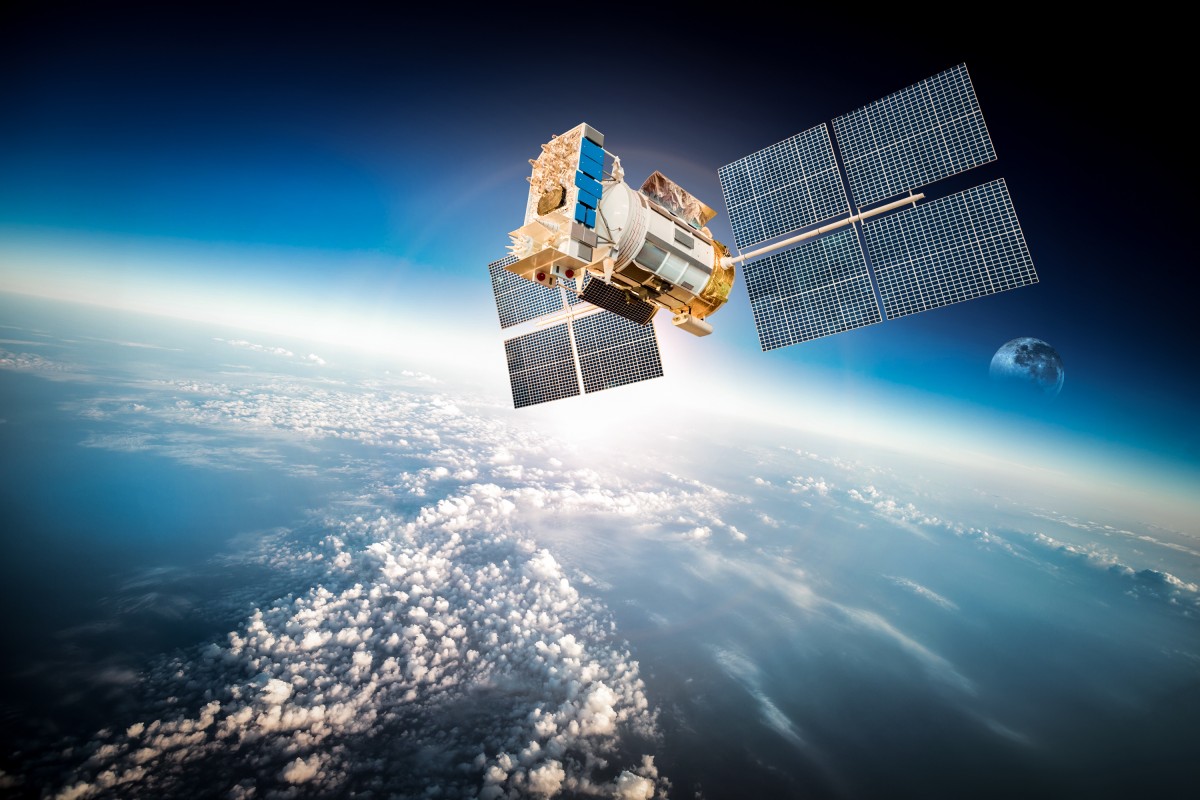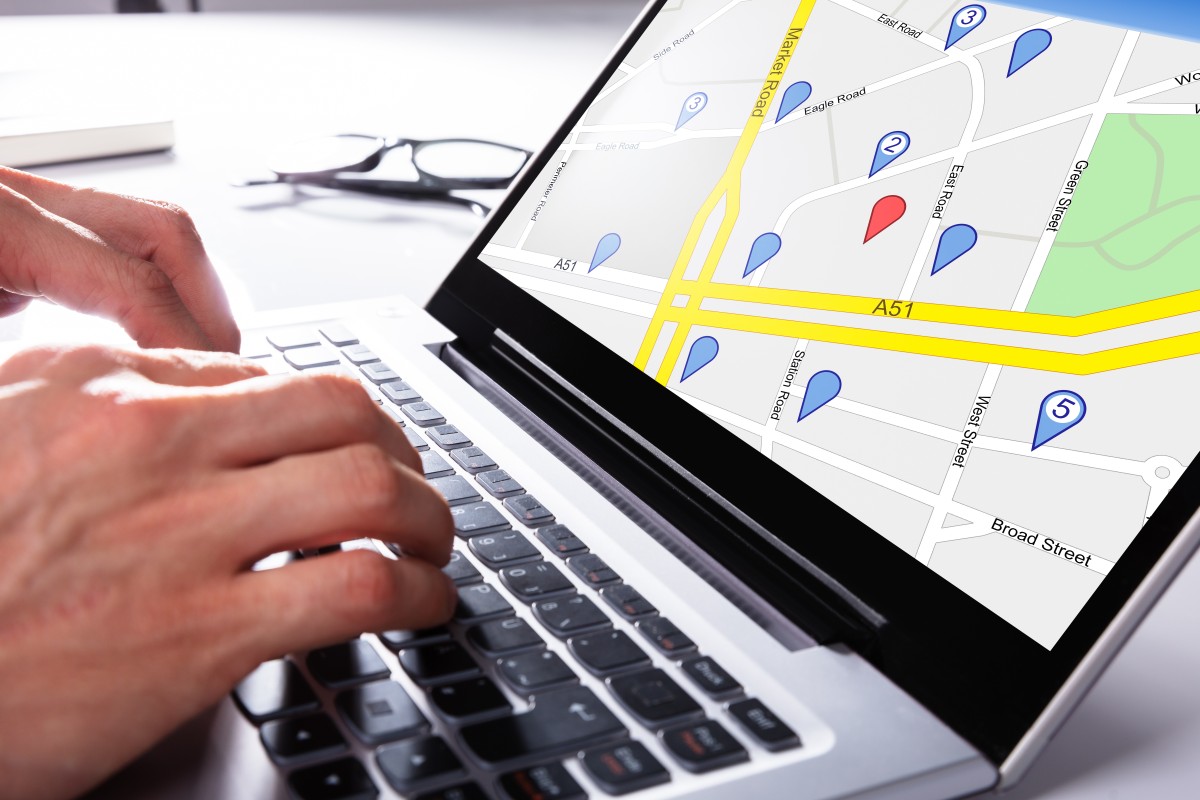GPS and GPS tracking might feel like a relatively recent innovation with the development of smartwatches and global maps available with just a few clicks in our pockets. After all, what would we do without the many uses of map applications on our mobile devices to tell us with incredible accuracy where to go, when to turn, and what to look for when reaching our destination?
While GPS and GPS tracking capabilities have—like every other facet of technology—rapidly advanced during the 21st-century, the concept and pertinent technology utilized are more than half a century old!
In this article, we’ll dive into the history of GPS tracking, how GPS tracking works, and why your commercial fleet needs to leverage its abilities to streamline your operations.
Quick Links:
- What Is GPS Tracking?
- History of GPS Tracking
- How Does GPS Tracking Work?
- 3 Reasons Your Fleet Needs GPS Tracking
What Is GPS Tracking?
GPS tracking, short for Global Positioning System, utilizes a network of satellites that orbit the planet to triangulate the geographic location of an object, place, person, etc. GPS tracking involves a small device that communicates with these satellites to relay information back to the tracker. These devices can be used for any industry and can be waterproof, solar-powered, and customized to suit any tracking needs.
History of GPS Tracking
GPS tracking has been around for decades since satellites were first launched in the Sputnik era, circa the 1950s. The concept of GPS tracking, however, is based upon radio frequency technology and initiatives from the 1940s; for example, the LORAN, short for long-range navigation, and Decca navigation systems. Both of these efforts leveraged radio frequency and the Doppler effect to gauge a moving target’s location in relation to a static transmitter, which played a pivotal role in World War II.

Over the last few decades, of course, GPS tracking has exponentially advanced—let’s take a look at a brief timeline of satellites and GPS tracking:
- 1957: The Soviet Union launches Sputnik I, the world’s first satellite
- 1959: The US Navy launches the TRANSIT system, which was the first satellite navigation system to be used operationally; it used five satellites to primarily track submarines and could provide updates every hour
- 1967: The US developed the Timation satellites, which ensured accurate clocks were placed on satellites—a crucial component of GPS tracking
- 1978: The US Department of Defense launches the first Navigation System with Timing and Ranging (NAVSTAR) satellite; later, the 24 satellite system becomes fully operational in 1993
- 1983: President Ronald Reagan promises to make GPS technologies available for civilian use after Korean Air Lines Flight 007 is shot down for accidentally straying into the USSR’s prohibited airspace
- 1985: The US government contracts with private manufacturers to develop portable GPS receivers
- 1989: GPS company, Magellan, introduces the first hand-held GPS device named the NAV 1000
- 1990: GPS for civilian use becomes purposely less accurate with the US government citing concerns for national security; this move becomes known as Selective Availability
- 1999: Mobile phone manufacturer, Benefon, introduces the first commercial GPS phone on the market
- 2000: The US government ends Selective Availability, which allows for greater commercial GPS use and innovations
- 2004: US company Qualcomm successfully completes a test of live assisted GPS on a mobile phone, which combines cellular and GPS signals to deliver better location accuracy
- 2019: There are 31 satellites in the GPS constellation; 27 of these are in constant use while the remaining are on standby
Of course, dozens of events are excluded from this list and many more are in the works as you read this since GPS and GPS tracking technologies are critical to the future of personal, professional, national, and even international efforts. GPS has a long history of many different applications!
How Does GPS Tracking Work?
The GPS system as we know it works effectively and efficiently to provide near-immediate information within a 7-meter radius of accuracy at least 95% of the time. Each receiver’s request for location goes through four satellites: one that calculates latitude, longitude, altitude, and time. By computing this information in milliseconds, the user is able to track or locate any vehicle, piece of equipment, person, etc. that has an accessible GPS tracking device.
3 Reasons Your Fleet Needs GPS Tracking
GPS tracking can be incredibly useful for your fleet’s needs; from streamlining your operations to keeping your team accountable and delivering a great customer experience, consider these reasons to incorporate GPS tracking into your fleet management strategy:

Always Know Where Your Assets Are Located
Want the peace of mind knowing that your assets—whether they be expensive construction equipment, your fleet vehicles, or your employees—are never truly lost, even if stolen by thieves? GPS tracking has you covered. You can deter theft by advertising that your assets are attached with a GPS tracking device and quickly locate any missing assets that might have simply been misplaced. Plus, you’ll know your employees are where they need to be!
Save Time and Money
In addition to saving time and money by simply knowing where your assets are located at all times, GPS tracking helps maximize your productivity without maxing out your operational budget. For fleets that service the community, state, or broad region, GPS tracking enables you to generate routes that follow the most logical route and avoid traffic delays. This means your drivers aren’t wasting time crisscrossing one another and you can schedule your customers accordingly.
Minimize Dangerous Driving Habits
You can’t sit in the passenger seat of every fleet driver on every route they drive every day; it’s impossible. But how can you ensure they’re following local traffic rules and being a courteous driver in your community? GPS tracking! You can customize your performance reports to include sharp braking, harsh acceleration, or fast cornering—all of which are dangerous driving habits and accelerate maintenance schedules. With GPS tracking for your fleet operations, you can address any dangerous driving habits you notice before they become a bigger problem for your company.
Talk to the GPS Tracking Experts at Rastrac!
Since 1993, Rastrac has been helping companies around the world track and manage their assets with the power of GPS tracking. Ready to see how your fleet operations can be transformed with the help of telematics and GPS tracking technologies? Contact us today!





